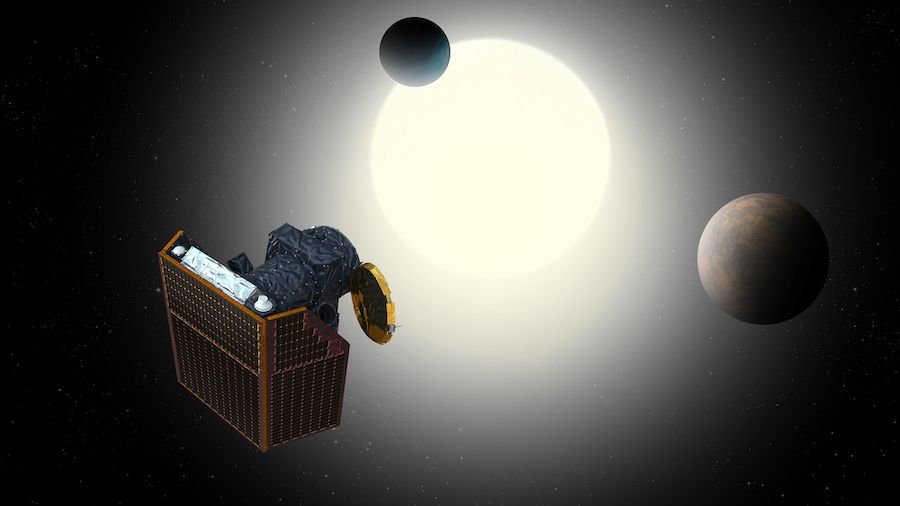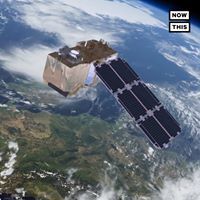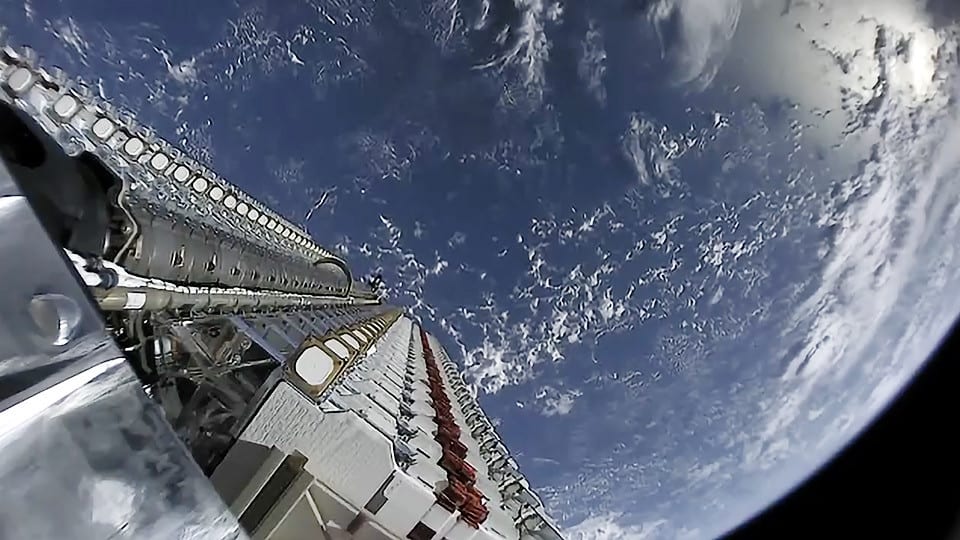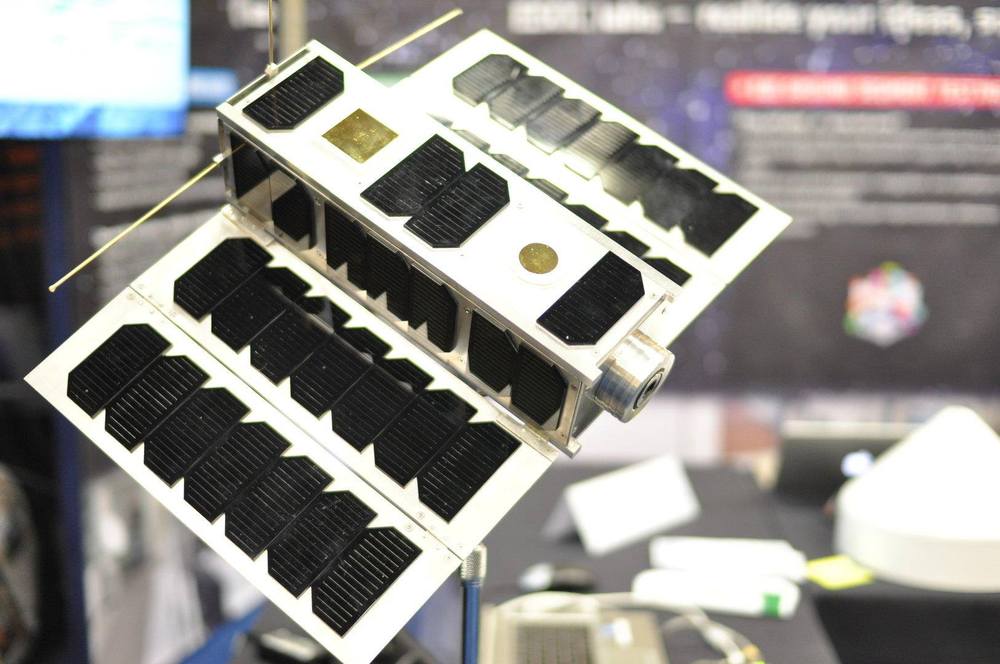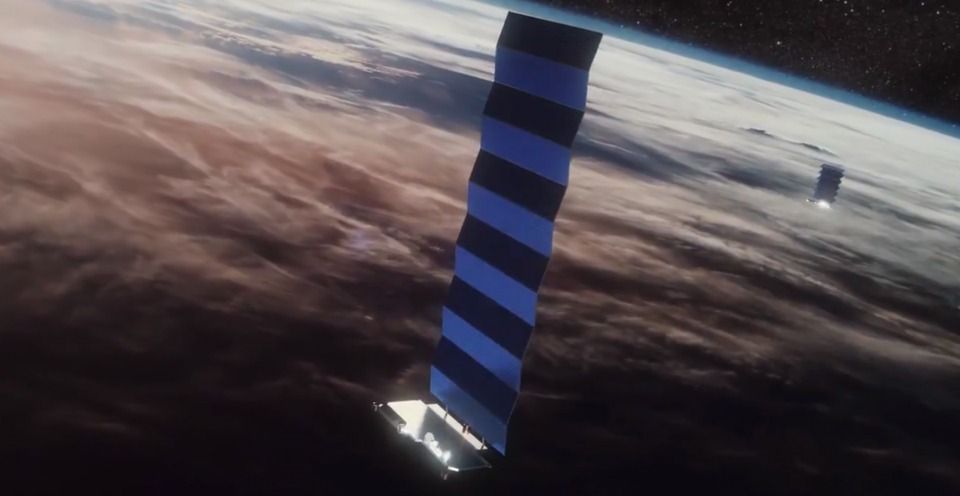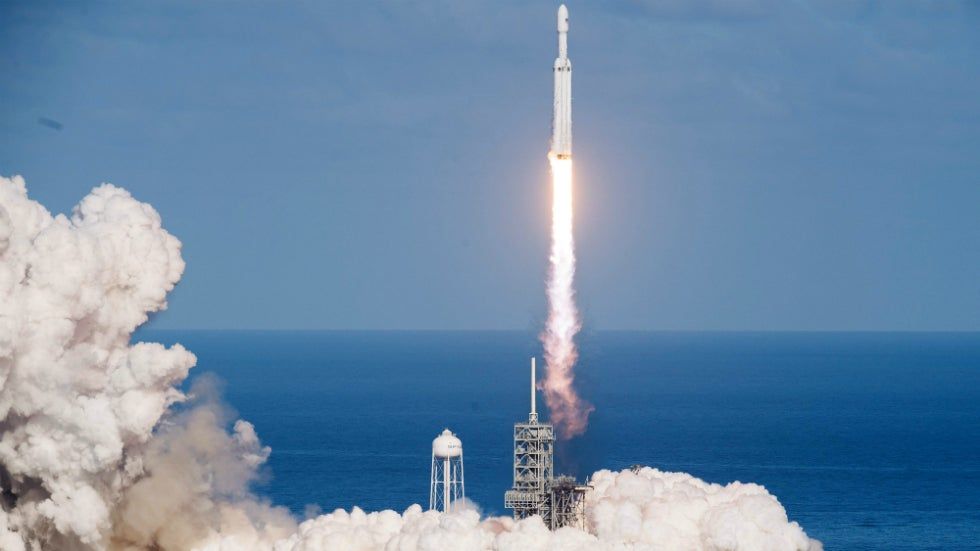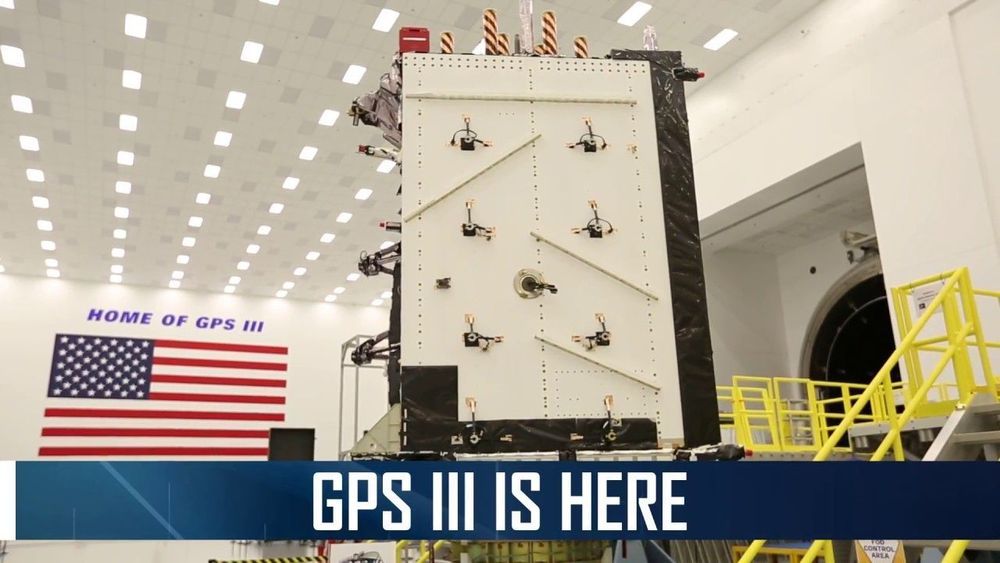A compact exoplanet observatory built in Europe to help astronomers determine the sizes of distant worlds around other stars is scheduled for launch Tuesday from French Guiana aboard a Soyuz rocket.
Designed to build upon discoveries made by previous pioneering exoplanet telescopes — like NASA’s Kepler mission — the European Space Agency’s Characterizing Exoplanet Satellite, or CHEOPS, mission will orbit some 435 miles (700 kilometers) above Earth with a small but ultra-sensitive telescope looking at faraway stars.
CHEOPS will be capable of registering tiny changes in the brightness of stars as planets block their light from reaching the telescope. This way of observing exoplanets is called the transit method, and it’s been used by Kepler, NASA’s TESS observatory, and the French space agency’s CoRoT mission to discover planets around other stars.
